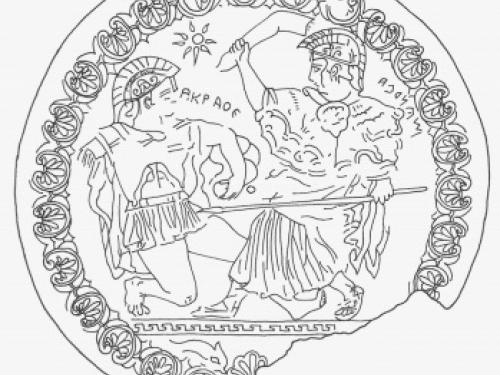
Lecture Details
Presenter:
Abstract: Etruscan artists used, in a wide variety of contexts, different types of violent imagery as a form of visual communication. Well-known and frequently-illustrated examples include the relief sculpture from Temple A at Pyrgi with its graphic depiction of scenes from the Seven Against Thebes epic, wall paintings from the Tomb of the Augurs (Tarquinia) and the François Tomb (Vulci), and the narratives found on numerous sarcophagi and urns produced from the fourth century on. In the scholarly literature, these representations are frequently described as not only peculiarly Etruscan (as opposed to Greek) in taste but also as indicative of a peculiar appetite for bloody or horrific imagery and a taste for gore and cruelty. These views, however, are inaccurate, reflecting oft-repeated but incorrect assumptions about the number and range of violent images in Etruscan art; they are also part of a cultural bias that fails to acknowledge the prevalence and use of similar imagery in works of art from the Greek world.




